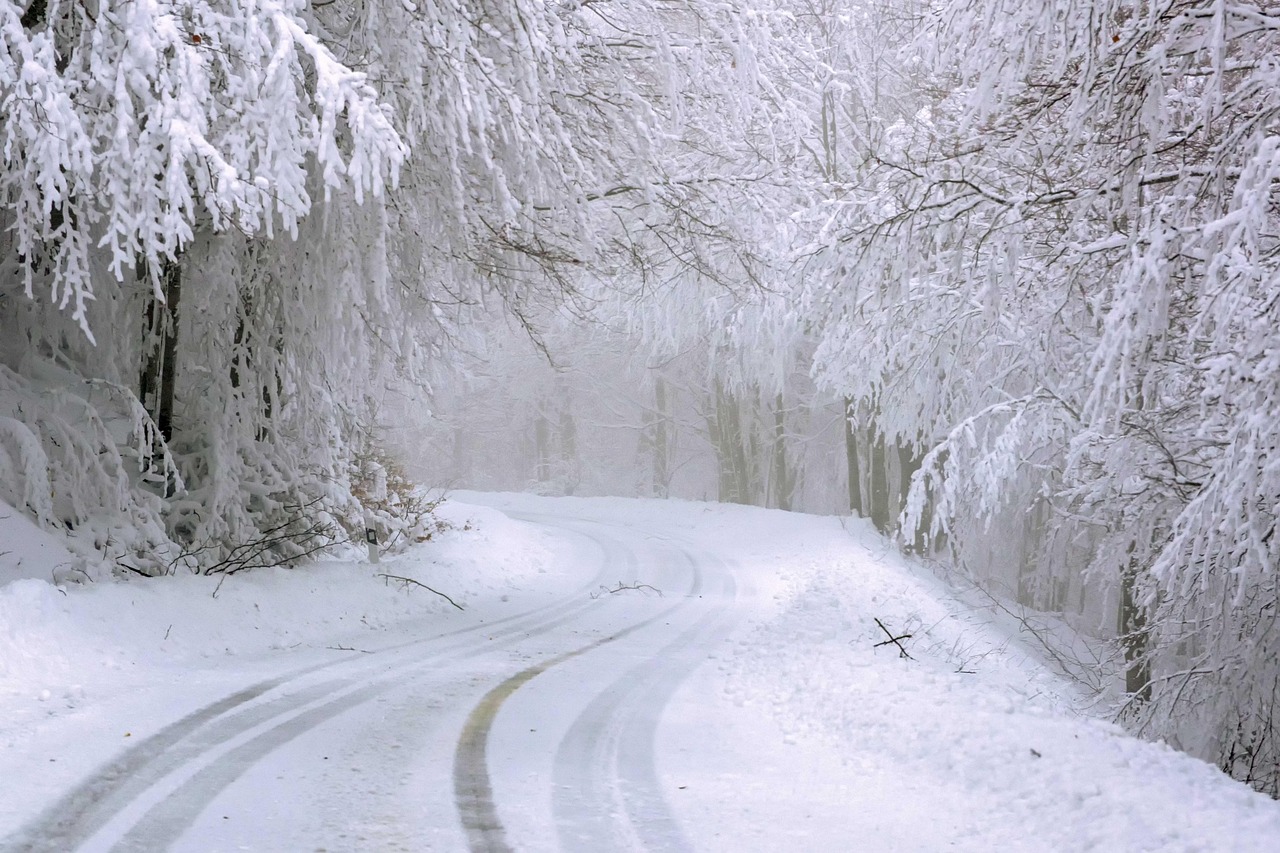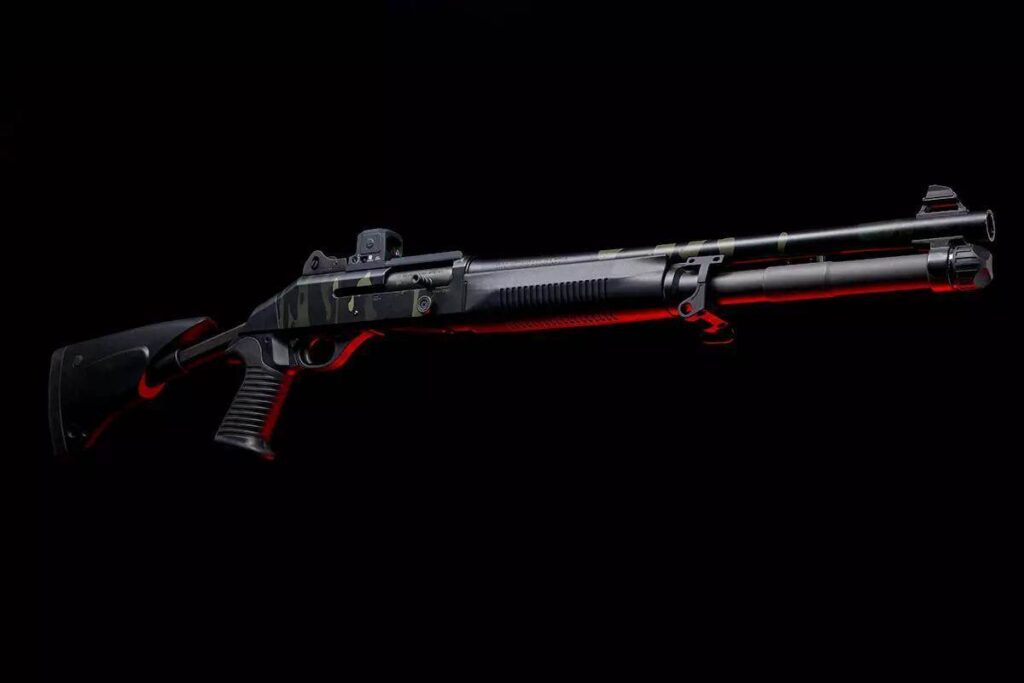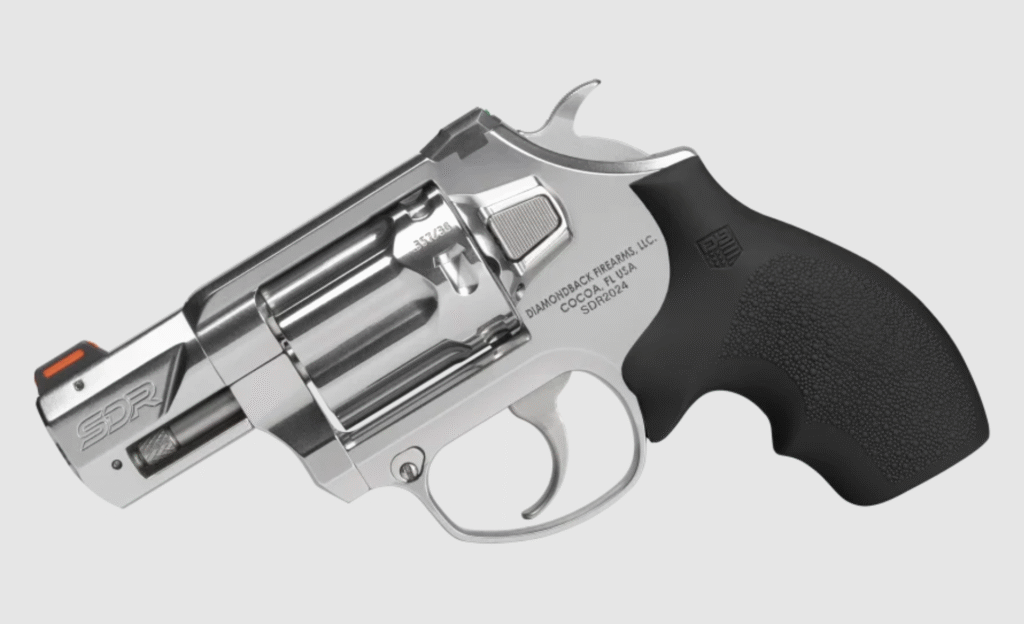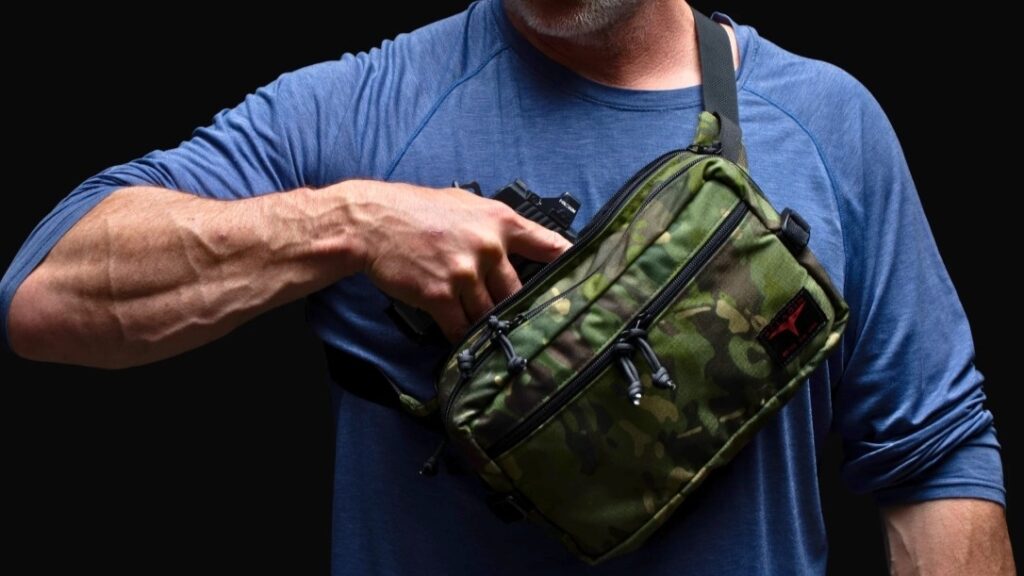Hypothermia is a very real danger when you’re outdoors. It can happen even in what we might think of as mild temperatures. If you get caught in a sudden downpour and the wind picks up a bit, you could have some serious issues. Understanding how to conserve your body heat is important.
Cold isn’t really a thing that exists. It’s just what we call the absence of heat. It’s like how darkness is just the absence of light. When we lose too much heat from our bodies and we can’t replenish it quickly enough, problems ensue.
Understanding Body Heat Loss
There are four basic ways we lose body heat.
Advertisement — Continue Reading Below
Radiation
This is where we lose the most body heat. Our bodies are constantly radiating heat. As we lose that heat, we feel chilly, even downright cold, depending on the weather. Our clothing, jackets, mittens, and such trap that warmth so it doesn’t just drift away. As the saying goes, “there is no such thing as bad weather, just bad clothing.”
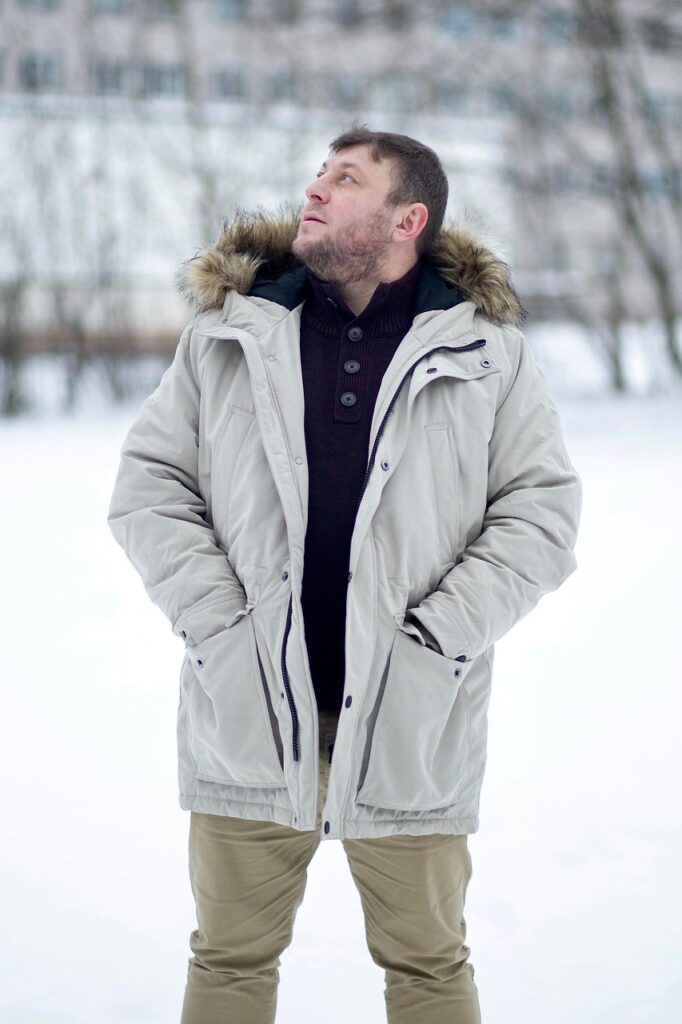
Dress for the conditions as best you can. Don’t overlook the importance of warm hats, either. We lose about 10% of our body heat through our head.
Advertisement — Continue Reading Below
Convection
As we go about our daily lives, that body heat radiation we just discussed warms a thin layer of air around us. It provides a tiny bit of insulation. However, water and wind can remove this warm layer of air. A strong breeze, for example, will tear it away. Do what you can to stay out of the wind, and you’ll be all the better for it. Moving water will do the job just as quickly as moving air, so try to avoid getting dunked, too.
Evaporation
We sweat because evaporation is a cooling process. This is an instance where we’re losing body heat intentionally. If we’re too warm, our bodies begin to sweat, secreting moisture that will then evaporate and hopefully cool us down.
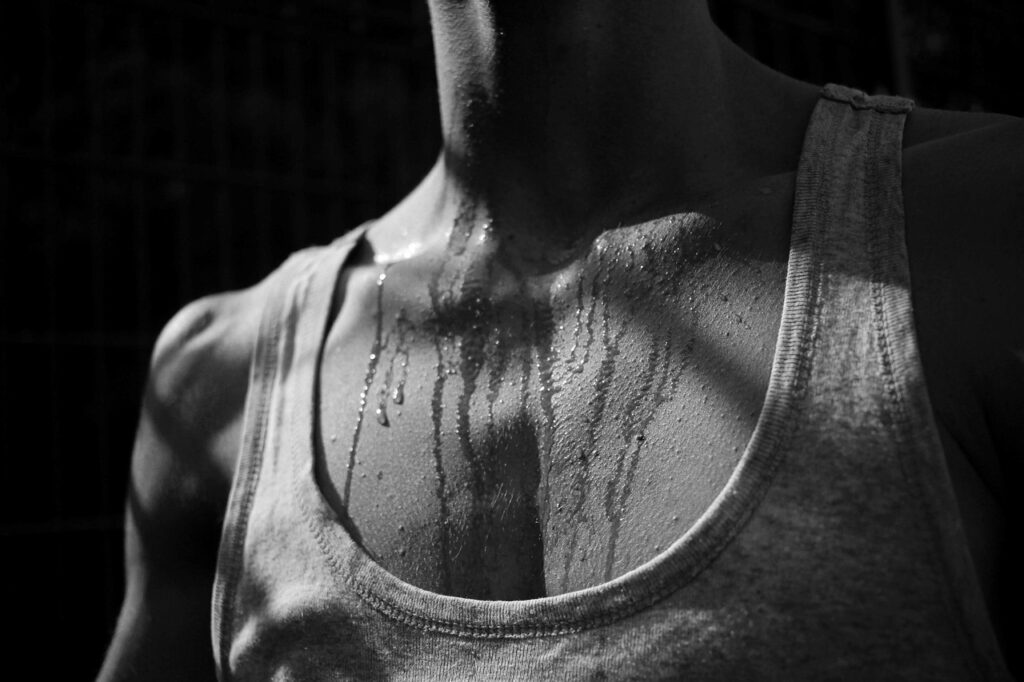
Advertisement — Continue Reading Below
That’s all well and good when it’s hot outside, but in cold weather, sweating too much can be catastrophic. This is why layering your clothing is important. Doing so allows you to moderate your level of warmth and adjust on the fly. Wicking material is also important, as it moves the sweat away from your skin where it can evaporate, rather than making you feel colder.
Conduction
Conduction involves losing body heat through direct contact. For example, if you’re out hiking in the winter and take a break, sitting directly on a large rock is going to leave you with a cold butt. Heat energy wants balance, so it will travel from a warm surface, in this case your butt, to a cooler one, the rock upon which you’re sitting.
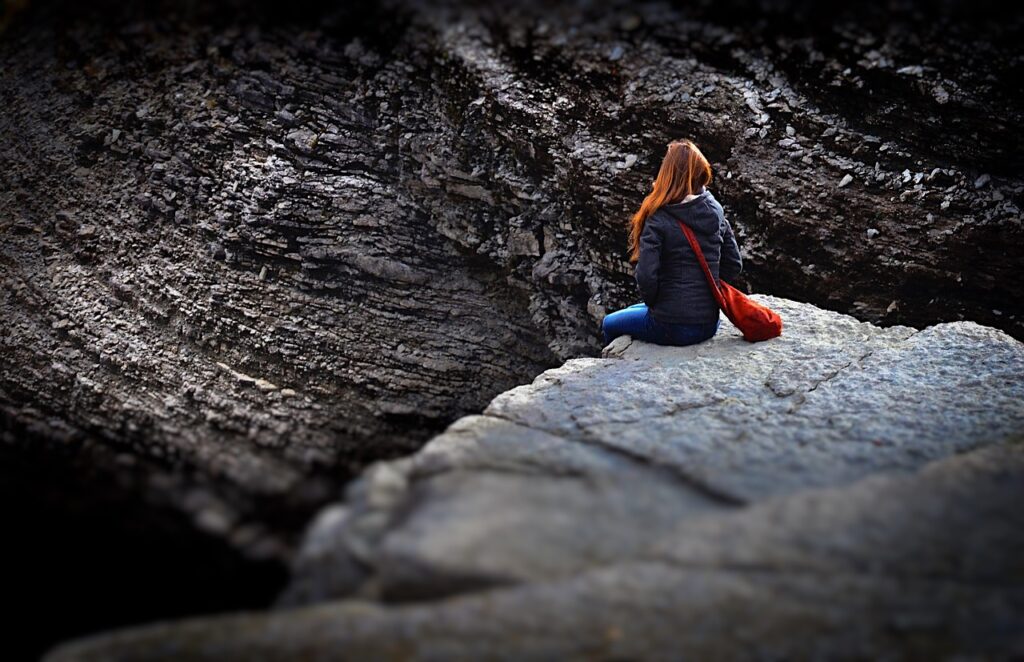
Advertisement — Continue Reading Below
You can prevent conduction heat loss by placing an insulating barrier between yourself and the ground, rock, or whatever. This could be a blanket, an extra jacket, or even a pile of grass. A purpose-made option is the Multipurpose Sit Pad from Tuff Possum Gear.
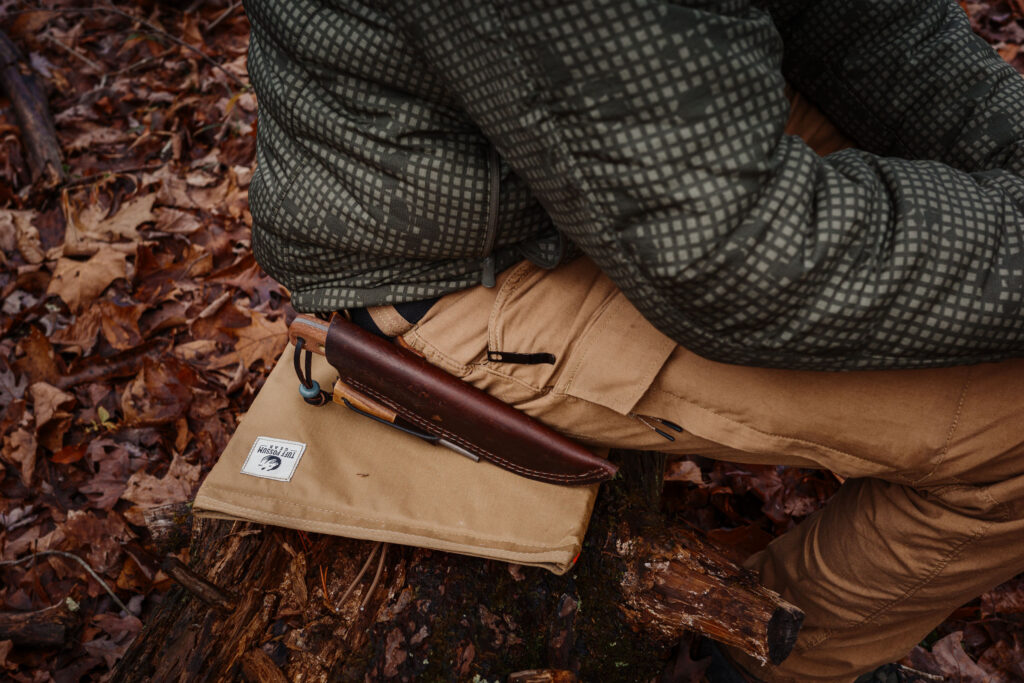
Account for each of these body heat thieves and you’ll be more comfortable, as well as safer, when you’re out and about in cold weather.
Advertisement — Continue Reading Below
